Focus on
The queer Victorian origins of the word 'camp'
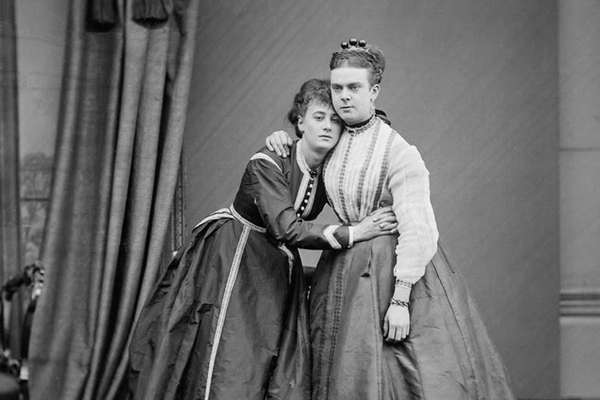
Did you know that the word ‘camp’ was used by members of the LGBTQ+ community as early as 1868?
Our documents record the actions of the state, but offer glimpses of ordinary people and the communities they form based on senses of identity and belonging. They reveal stories of persecution, resistance, togetherness and action.
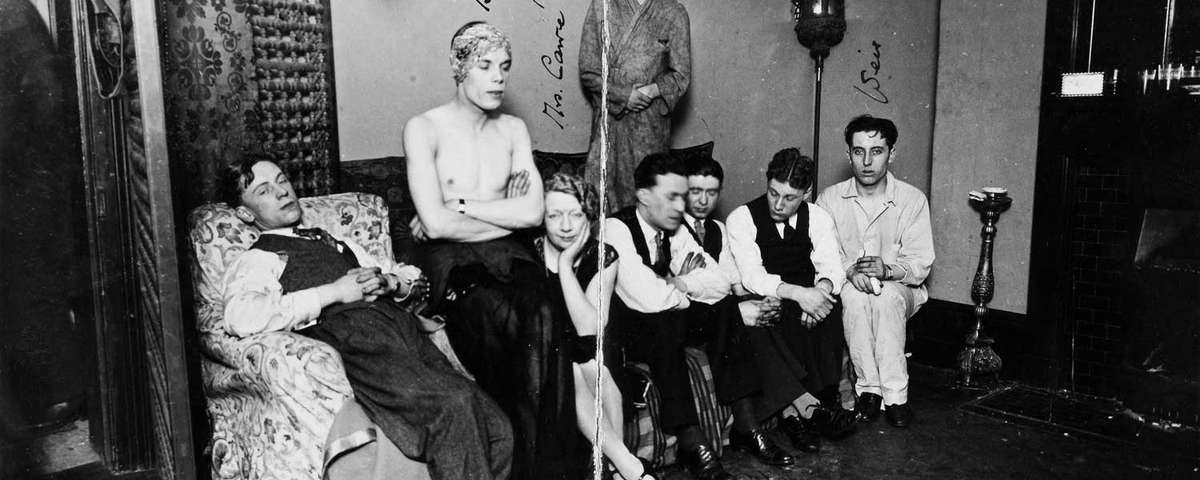
Focus on

Did you know that the word ‘camp’ was used by members of the LGBTQ+ community as early as 1868?
Focus on
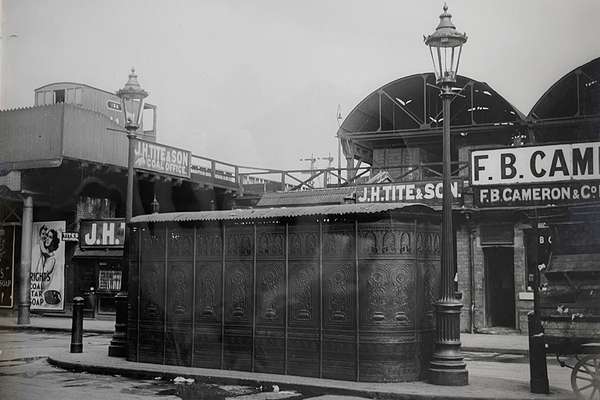
Records from the 1930s describe attempts to police sexual activities between men in public toilets – and officers’ thoughts on when to enforce the rules.
Focus on
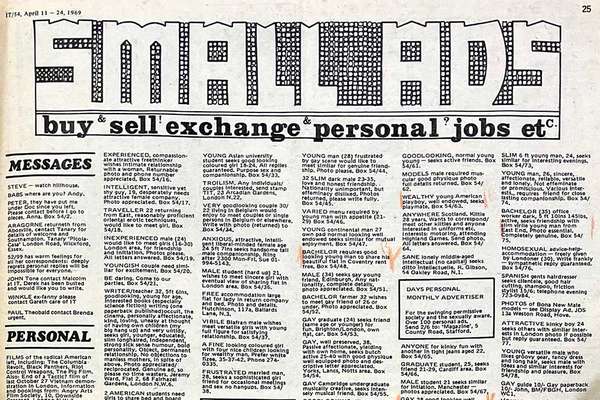
Records in our collection show how same-sex personal adverts published in the 1960s become part of a high-profile legal battle.
Record revealed
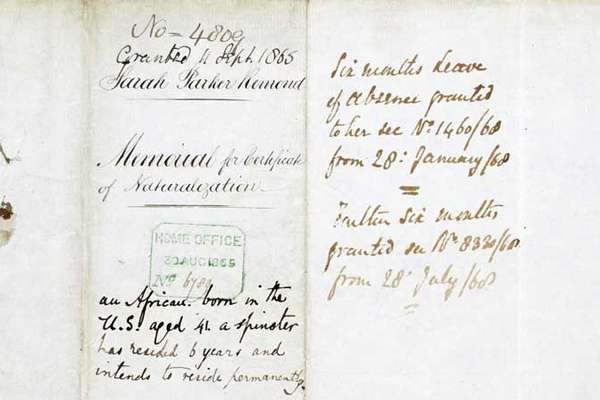
Sarah Parker Remond (1826–1894) fought for a more equal world as an abolitionist and suffrage supporter. Why and how did she apply for British citizenship?
Focus on
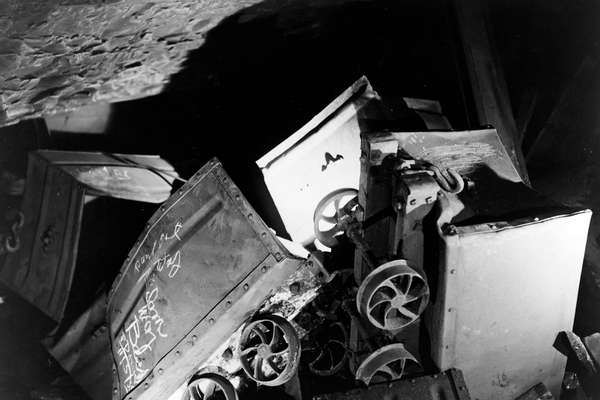
Our records tell the story of Emily Capper's desperate campaign to recover the bodies of the victims, including that of her son.
Focus on
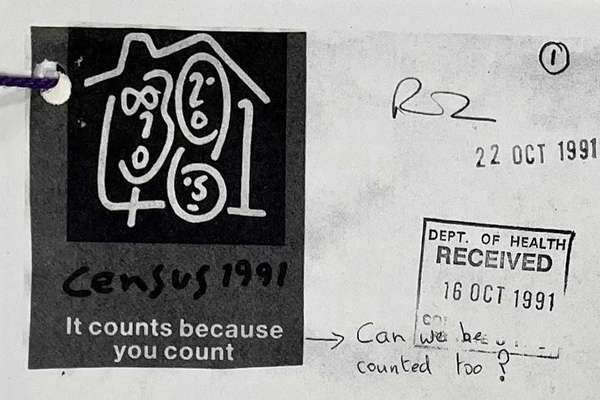
Until 2021, the census did not ask for information about sexuality. One letter in our collection gives a personal perspective on why this data was needed.
The story of
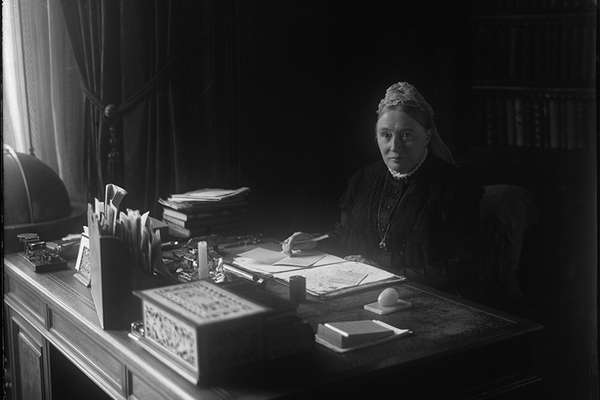
Sophia Jex-Blake (1840–1912) was a physician and campaigner who fought for women’s access to university education.
The story of
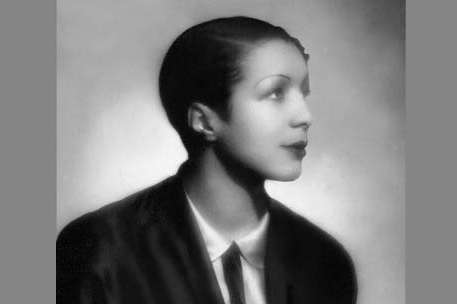
Singer and broadcaster Evelyn Dove (1902–1987) achieved a number of firsts including, in 1925, becoming the first woman of African heritage on BBC Radio.
Focus on
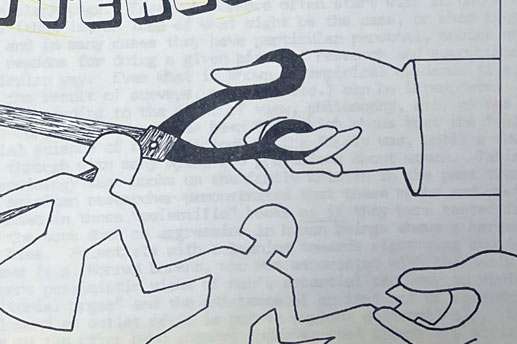
The founding years of Chiswick Women’s Aid saw the opening of the world's first women's refuge, disputes with local government, and creating change in the UK.
Record revealed
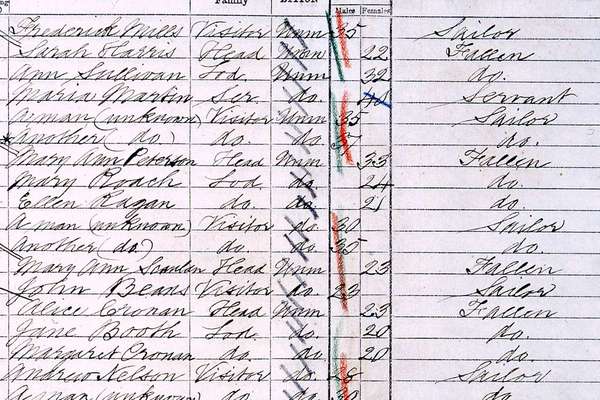
Who lived in the real Albert Square and what can their lives tell us about 19th-century London life?
Record revealed
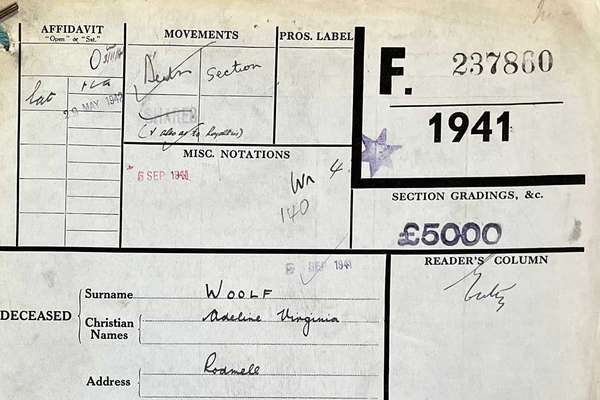
Death duty records can reveal a great deal about a person’s true feelings. What can we learn about the loves and friendships of author Virginia Woolf from hers?
Focus on
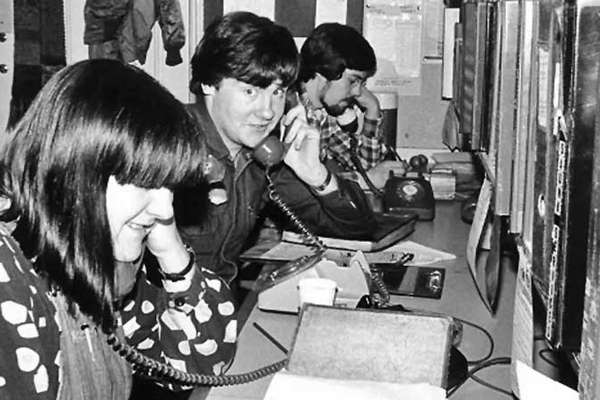
LGBT+ Switchboard is one of the oldest telephone helplines supporting queer communities in the UK. Its journey to register as a charity was not easy.
Focus on
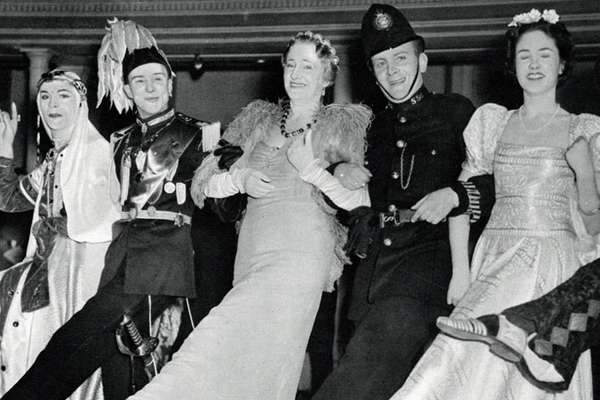
Lady Malcolm’s elaborate Servants’ Balls allowed queer, working-class staff to forge a unique space for themselves. But these events became plagued by scandal.
Focus on
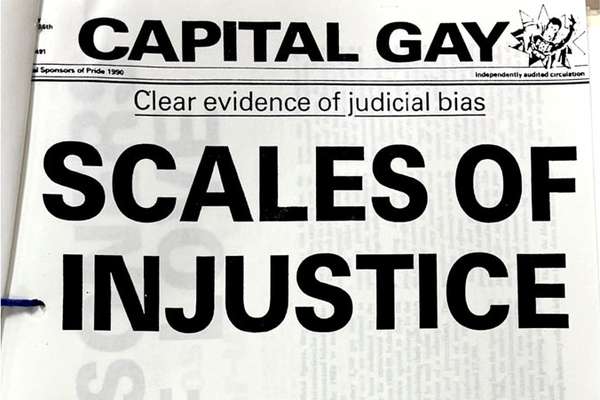
What was the everyday reality for LGBTQ+ people in the 80s and 90s living under the infamous Section 28, and how was it eventually repealed?
Record revealed
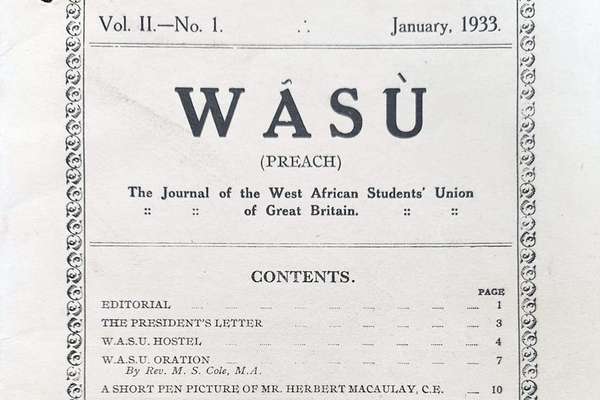
WÃSÙ was the journal produced by the West African Students’ Union (WASU) and distributed across Europe and Africa from 1926.
Focus on
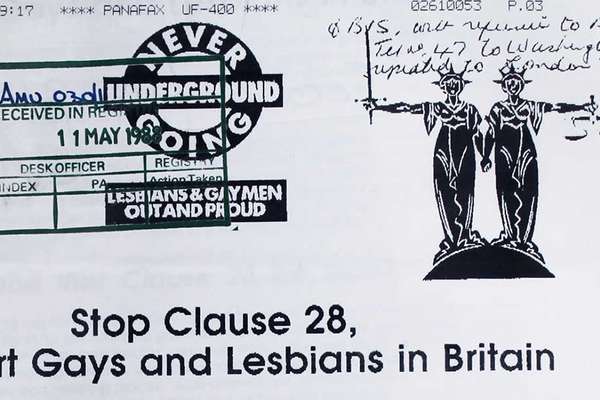
Section 28 of the 1988 Local Government Act negatively affected LGBTQ+ lives for decades. How did such a seismic piece of legislation come about?
The story of
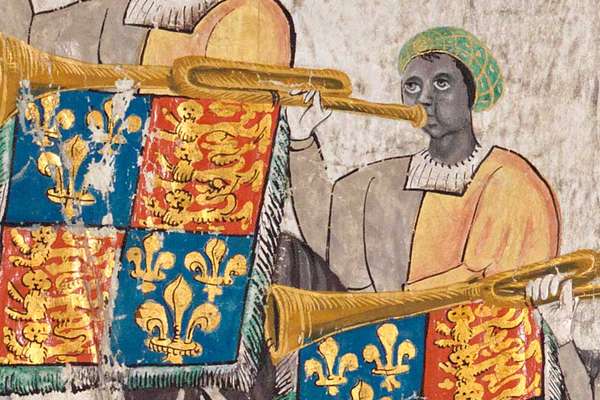
John Blanke was a trumpeter at the courts of Henry VII and Henry VIII. He is one of the earliest people of colour in England we have records about.
Record revealed
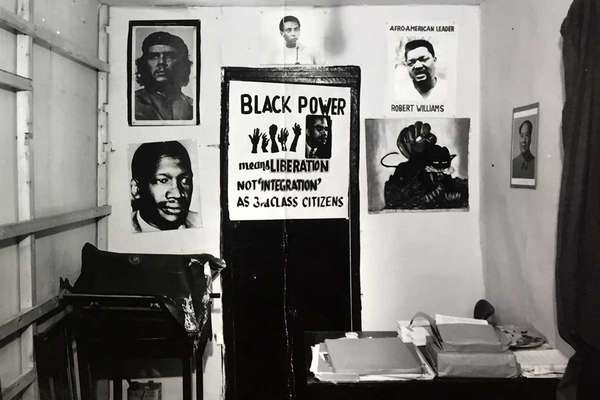
These photographs, captured through police investigations, give a unique insight into the heart of the early British Black Panther movement.
The story of
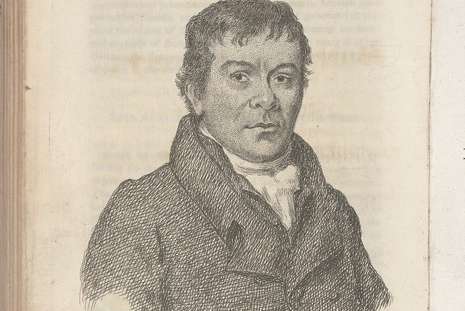
Robert Wedderburn (1762–1835) was a British-Jamaican radical preacher, abolitionist and writer.
The story of
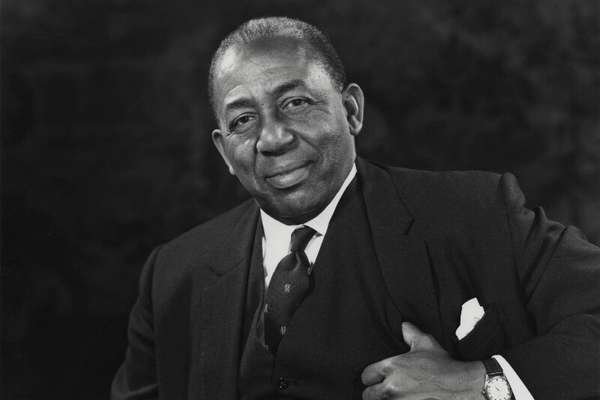
Sir Learie Constantine (1901–1971) was a renowned cricketer, author, politician and persistent campaigner for racial equality and justice.
Record revealed
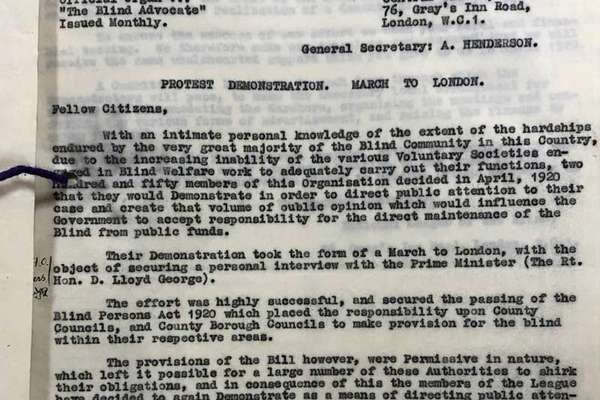
In 1920, hundreds of members of the National League of the Blind (NLB) marched 200 miles to campaign for support. This printed circular explains what happened.
The story of
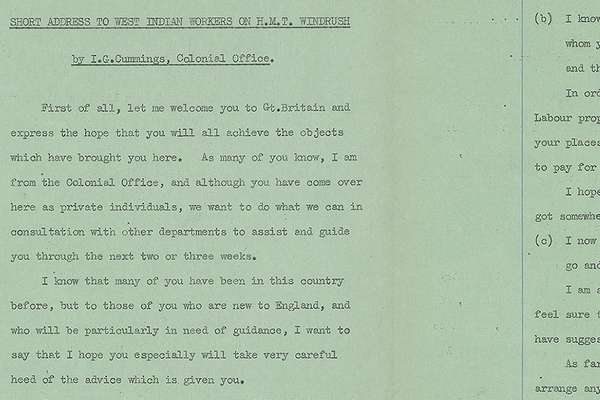
Ivor Cummings (1913–1992) greeted the iconic arrival of the Empire Windrush at Tilbury in 1948. He became known as the 'gay father of the Windrush generation'.
The story of
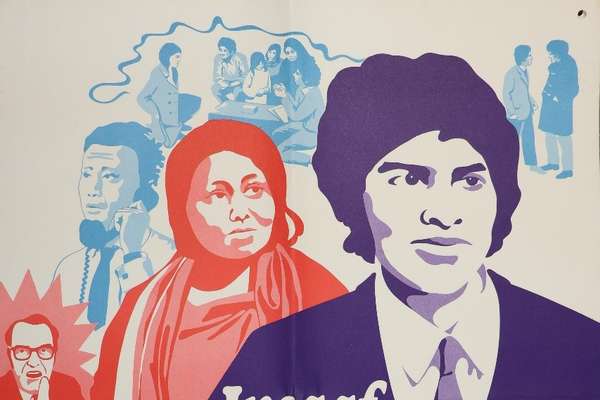
Insaaf was a film made by the government, filmed partly in Urdu, to promote employment rights under the 1968 Race Relations Act.
The story of
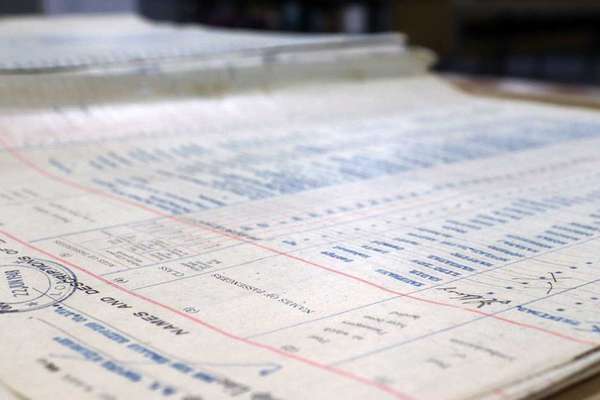
Passenger lists for the ships that carried post-war migrants from the Caribbean to Britain can be crucial resources for people tracing their family history.
The story of
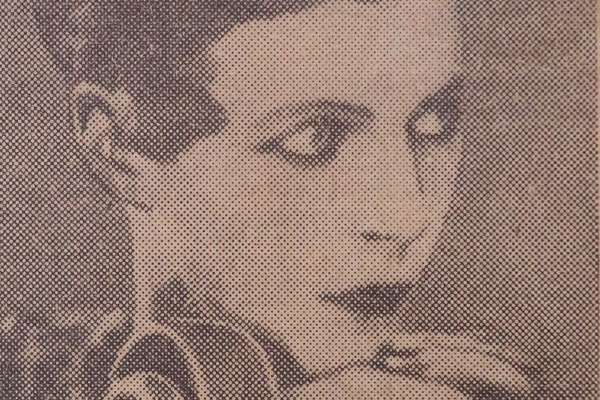
On the Windrush passenger list, white socialite Nancy Cunard (1896–1965) is described as a 'writer', but she was also a staunch activist for Black civil rights.
The story of
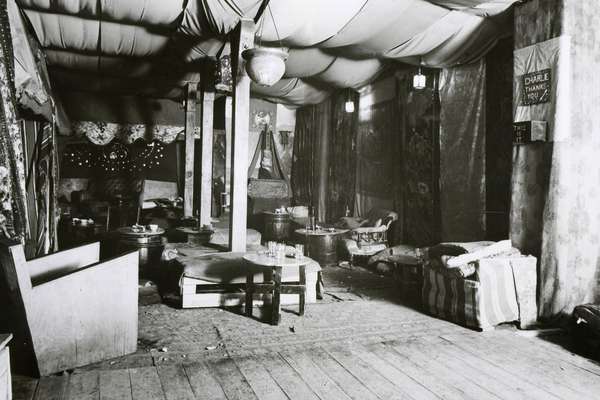
The police raid on a secret queer nightclub in 1933 gives an insight into the lives of gay men in interwar London and their defiance in the face of persecution.
The story of
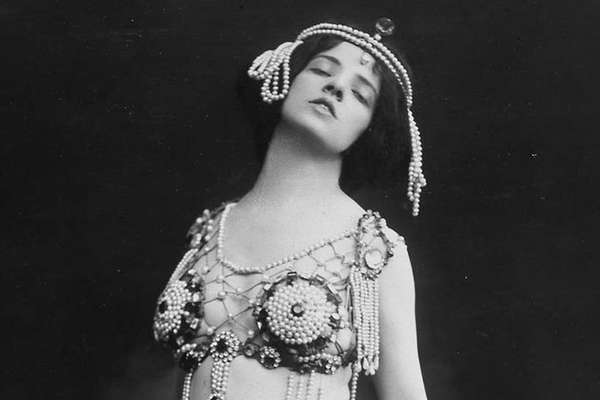
Maud Allan (1873–1956) was a celebrated West End dancer in the early 20th century until she became entangled in one of the most sensational trials of the 1920s.
The story of
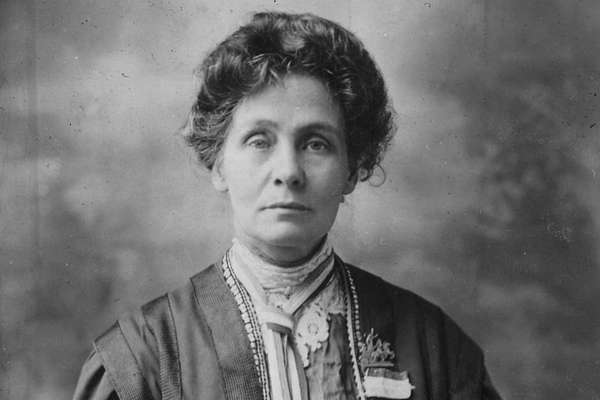
Emmeline Pankhurst (1858–1928) was a tireless political activist, who led the WSPU – the militant faction of the movement for women’s suffrage.
The story of
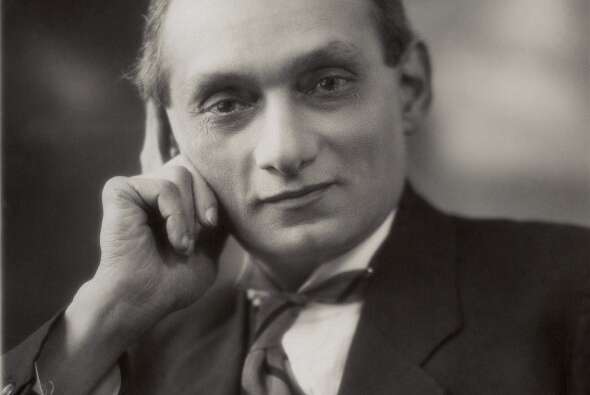
One of the first MPs of Indian heritage, Shapurji Saklatvala (1874–1936) was an agitator for change, which led to his surveillance by the Security Service.
The story of
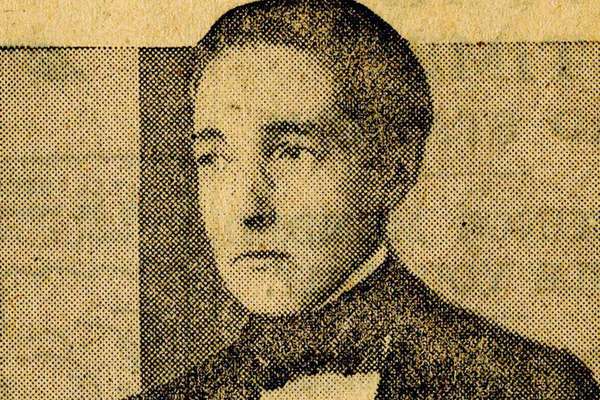
Radclyffe Hall (1880–1943) lived relatively openly as a lesbian in an era that condemned such relationships. Today she is an icon of LGBTQ+ literature.
The story of
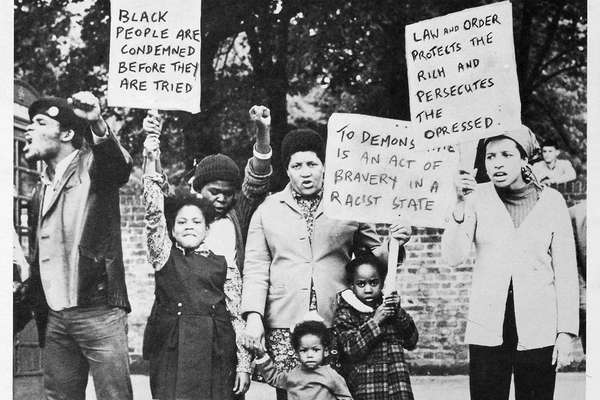
The trial of nine black protestors who were arrested while demonstrating in Notting Hill in the early 1970s became a public platform to criticise police racism.